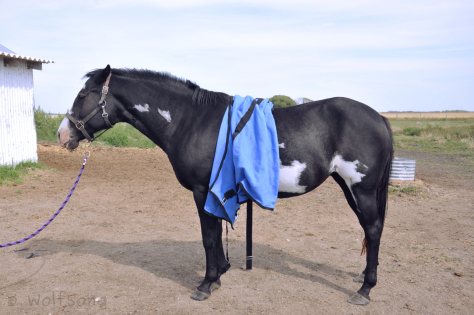
Daphne du Maurier (1907-1989) was a British novelist, playwright, and short story writer. Her best-selling novels include Jamaica Inn (1936), Rebecca (1938), Frenchman’s Creek (1941) and My Cousin Rachel (1951). These were also adapted for the big screen, Rebecca and Jamaica Inn both being directed by Alfred Hitchcock.
She was born into a creative and successful family. Her grandfather was the brilliant artist and writer George du Maurier and her father was Gerald du Maurier, the most famous actor-manager and matinee idol of his day. The Du Maurier brand of cigarettes was named after him. Her mother, Muriel Beaumont, was also an actress.

She was the second of three sisters and had a privileged upbringing in Hampstead. The family bought a holiday home in Cornwall in the 1920s and that house – Ferryside at Bodinnick – became Daphne’s favourite haunt and a place of solitude that enabled her to work seriously on her early writing career. Her first novel, The Loving Spirit, was published in 1931 and her success went from strength to strength.
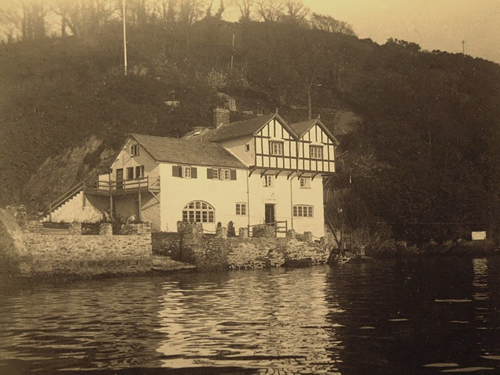
Ferryside at Bodinnick
In 1932 she married Frederick Browning, a military man, and they had three children. She lived at Menabilly, a manor house just outside Fowey in Cornwall, for about 25 years and wrote many of her books in a writing-hut in the grounds. She continued to live a privileged life, with staff to run her home and look after the children, and was proud to be the family breadwinner with the success of her writing.
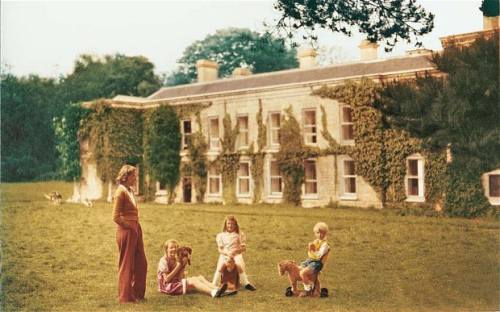
Daphne During Maurier and her children at Menabilly
When she eventually left Menabilly she rented Kilmarth, the dower house to the Menabilly estate, and continued to write until health and old age prevented it.
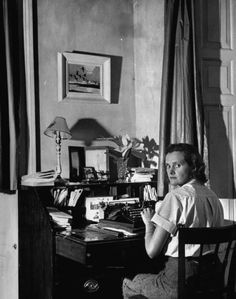
Writing Habits
Her initial ideas were jotted down in pencil in small blue exercise books before being extensively re-drafted at one of her many typewriters. Her family decided to place her archive at The University of Exeter in 2001, where the ‘Rebecca Notebook’ was re-discovered. Facing a plagiarism challenge from writer Edwina MacDonald, who claimed the Hitchcock film of Rebecca relied heavily on her own work, Blind Windows, Daphne Du Maurier successfully defended her work by producing the notebook as evidence.

In an interview Daphne du Maurier once mentioned that her favourite writing place was a gardener’s hut, where, she said, ‘I’d sit for hours on end, chain-smoking, chewing mints and tapping away at my typewriter.’ She also describes writing Rebecca ‘sitting on the window seat of the living room, typewriter propped up on the table before me.’

Like many writers, she needed a set routine before she could enjoy the peace of mind she needed to write. Servants helped to take care of the ‘disorder’ of family life, although in the war years she had to do much more herself and said, of her daughter. ‘I chuck her a doll to play with and rush to the privacy of a room alone and hammer upon my typewriter at Frenchman’s Creek, my new book, and I am lucky if I get a page written.’

Much of her early work seems to have been typed on an American Oliver Model 11, manufactured in Chicago, Illinois. The Oliver was notable as the first effective ‘visible print’ typewriter, with text clearly visible to the typist as it was entered. Her later work was done on her Underwood Standard Portable Typewriter, which was later replaced by a top of the range Olivetti.
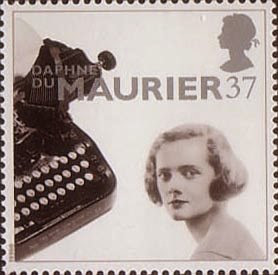
References:



